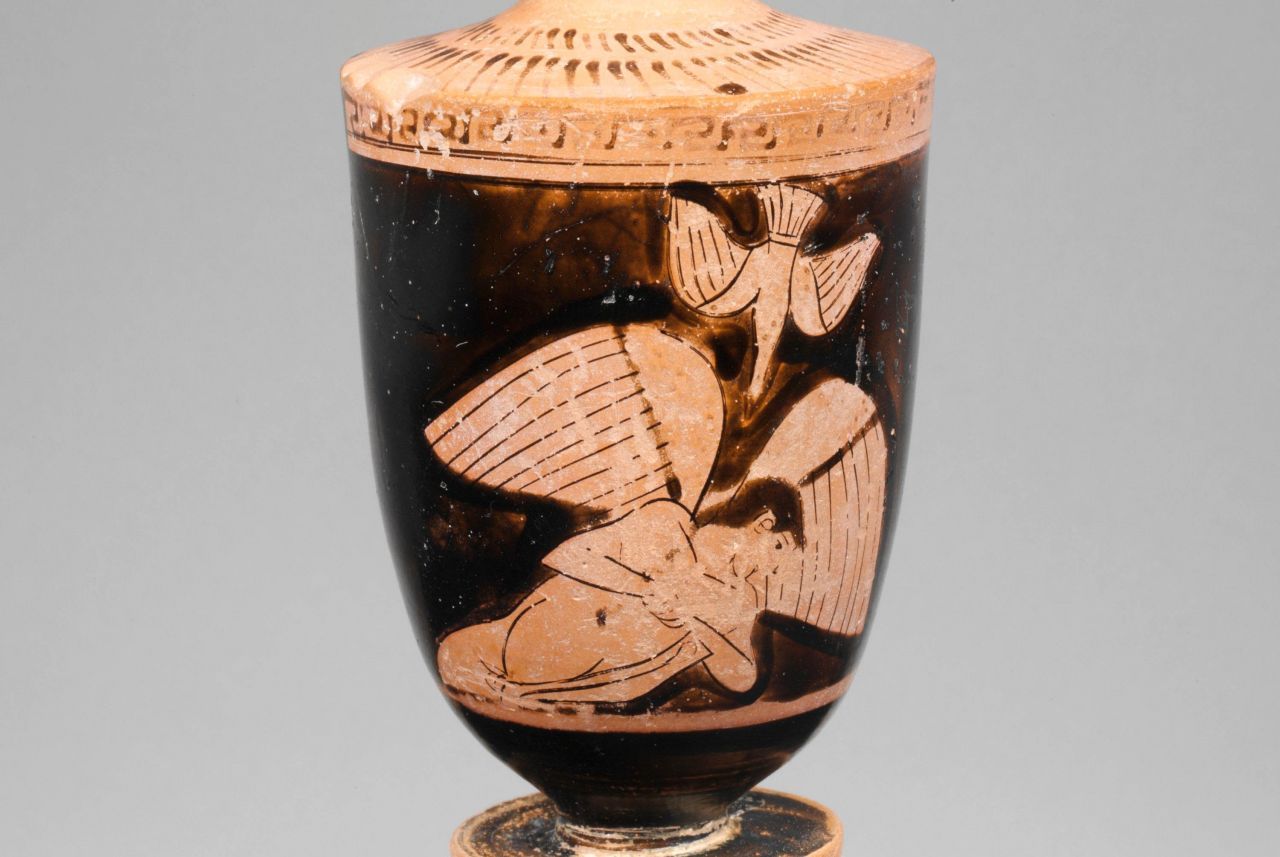
He is best known for his European aristocracy portraits, most notably Charles I and his family and associates. In 1632 he returned to London to be the principal court painter at the request of Charles I of England.

He spent five years after his return from Italy in Flanders, and from 1630 was a court painter for Archduchess Isabella, Habsburg Governor of Flanders. Van Dyck worked in London for some months in 1621, then returned to Flanders for a brief time, before traveling to Italy, where he stayed until 1627. He worked in the studio of Peter Paul Rubens, who became a significant influence on his work. He gained early success as a painter, becoming a master in the Antwerp guild in 1618. Van Dyck started painting from an early age.

Dimensions: Height: 1,153 mm (45.39″) Width: 864 mm (34.01″)Īnthony van Dyck (1599 – 1641) was a Flemish artist who became the leading court painter in England after success in the Southern Netherlands and Italy.a conception of woman as an object to be used for narcissistic gains.a foreboding sense of a future “crash and burn”.the belief that no destination or goal is unreachable.the notion that the past or present does not dictate the future.admiration-seeking narcissistic behaviors.It is seen in a personality type that contains many or all of the following attributes: The Icarus complex is a psychoanalysis and personality theory to describe a particular type of over-ambitious attitude. Psychosynthesis has applied it to those in whom ambition exceeds their personality limits, leading to a backlash. The Icarus complex is a psychoanalysis and personality theory to describe a particular type of over-ambitious character. The study of the Icarus myth has led to many interpretations. The story of Icarus is often used to signify the dangers of over-ambition. Overwhelmed with the excitement of flying, Icarus flew much too high, and as a result, the wax melted, and his feathers fell off. His tragic story of failure at the hands of hubris sparking the idiom “don’t fly too close to the sun.”ĭaedalus warned Icarus not to fly too close to the sun or too low to the sea. In Greek mythology, Icarus is the son of the master craftsman Daedalus, the Labyrinth creator. Homer first mentions Daedalus, but he is most famous for having created the Labyrinth on Crete in which the Minotaur, who was part man, and part bull, was kept.ĭaedalus built the labyrinth for King Minos, who needed it to imprison his wife’s son, the Minotaur.ĭaedalus invented and built the Labyrinth, but shortly after finishing it, King Minos had Daedalus and his son imprisoned within the labyrinth to ensure the labyrinth’s secrets remained secret.ĭaedalus and his son Icarus then devised a plan to escape using wings made of wax that Daedalus had invented. In Greek mythology, Daedalus, the father of Icarus, was a skillful architect, craftsman, and artist and was seen as a symbol of wisdom and knowledge. Icarus drowned in the area which today bears his name, the Icarian Sea near Icaria, an island southwest of Samos, Greece. Unfortunately, the young Icarus ignored or forgot his father’s instructions not to fly too high to the sun, and when the wax in his wings melted, he tumbled out of the sky. He also warns Icarus of the hubris of flying too high to the sun, where the heat will melt the wax in his wings. In this composition, Icarus is trying to impress his youthful son not to be complacent and fly too low as the sea’s dampness would clog his wings. Icarus and his father attempted to escape their imprisonment using wings constructed from feathers and wax. “Daedalus and Icarus” by Anthony van Dyck portrays Icarus’s father warning his son Icarus first of complacency and then of hubris as he points to his head.


“Daedalus and Icarus” by Anthony van Dyck


 0 kommentar(er)
0 kommentar(er)
